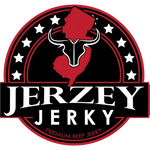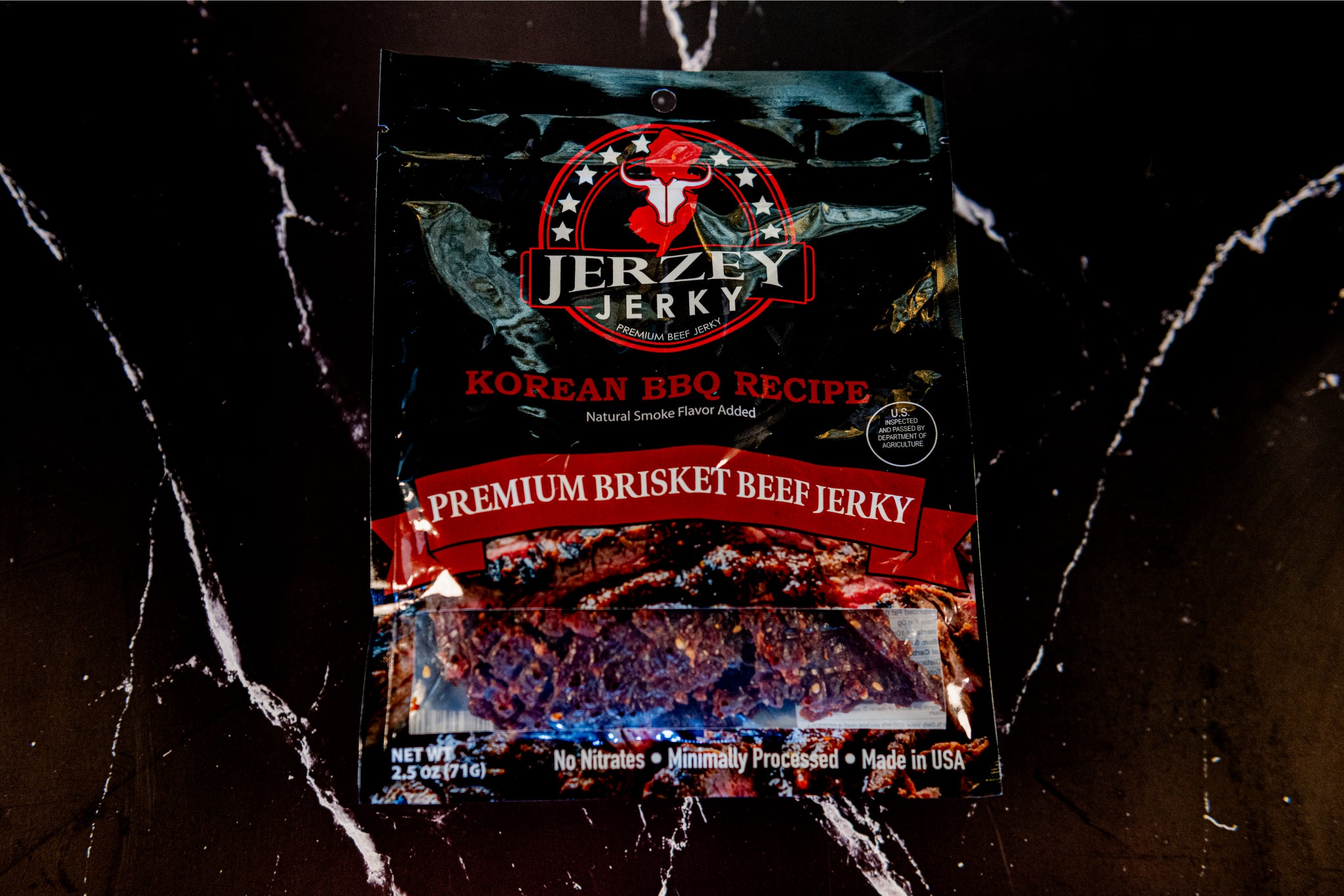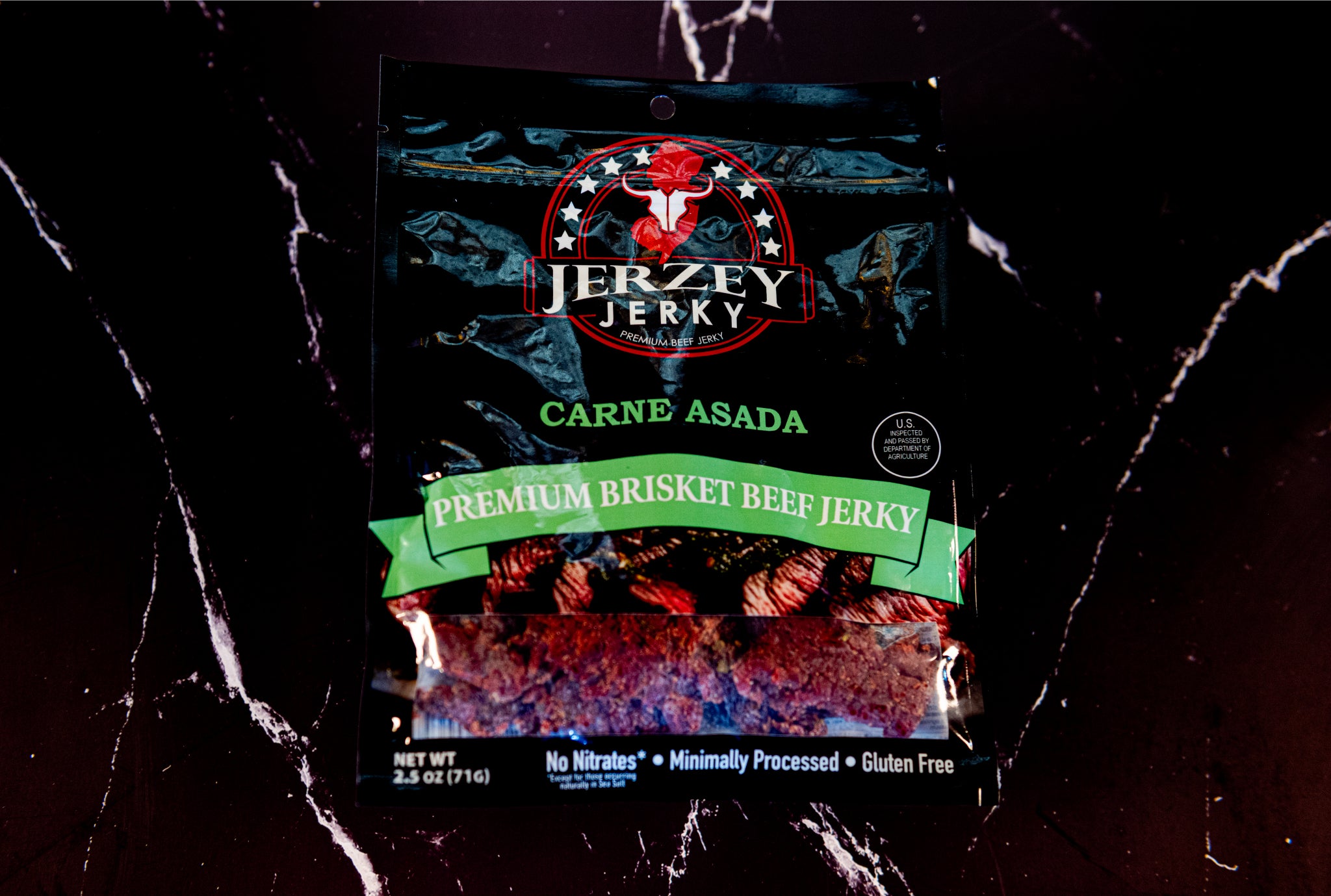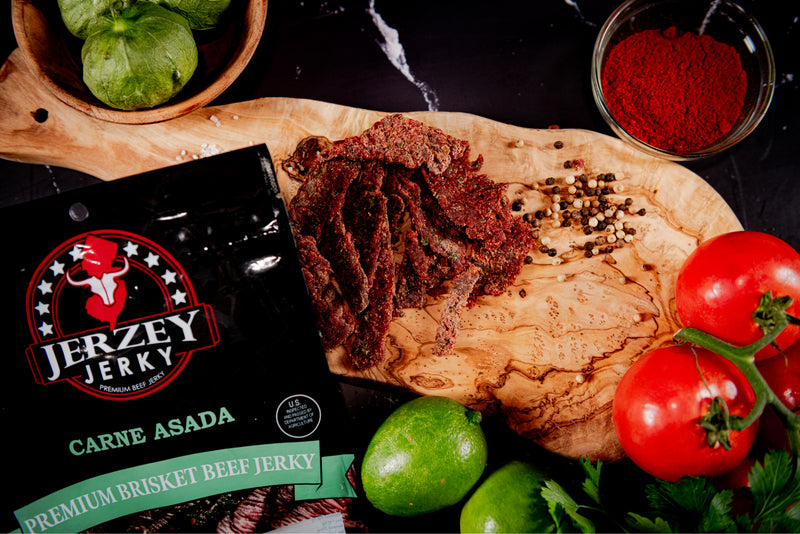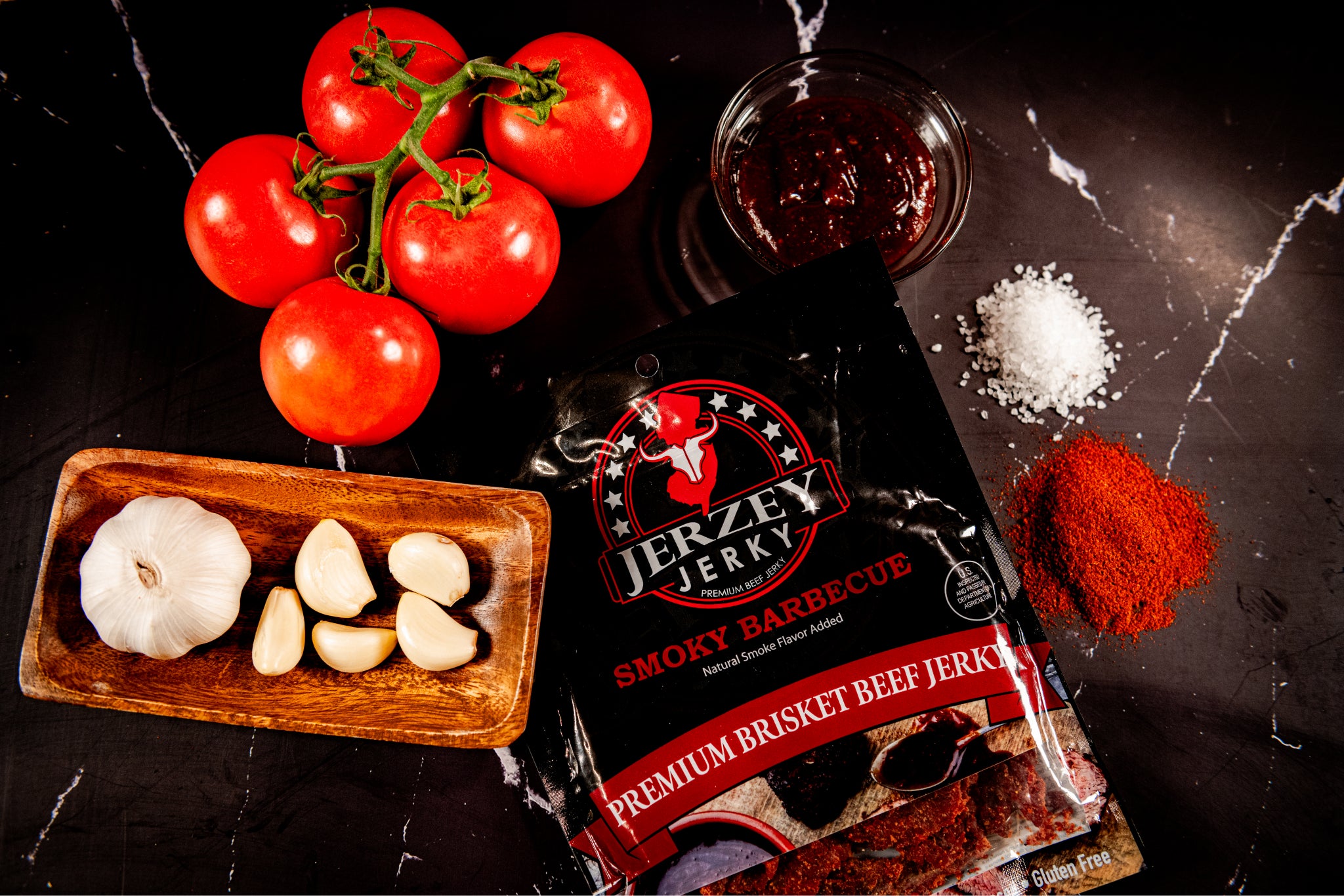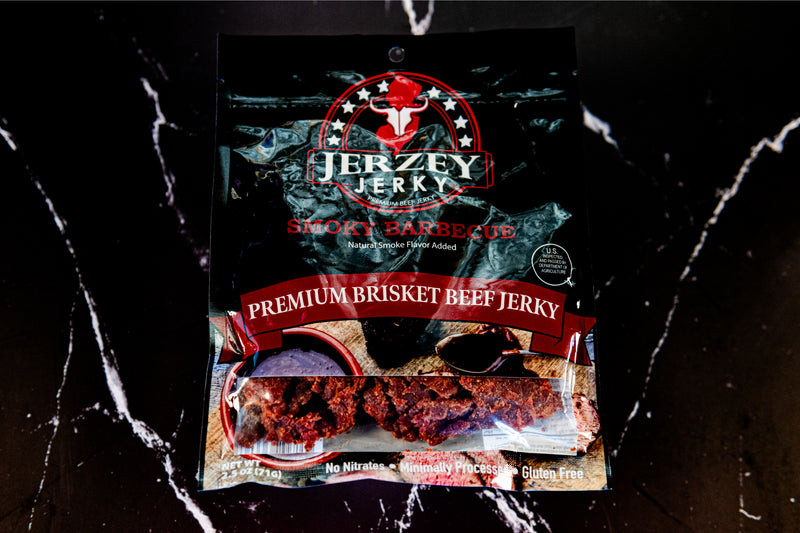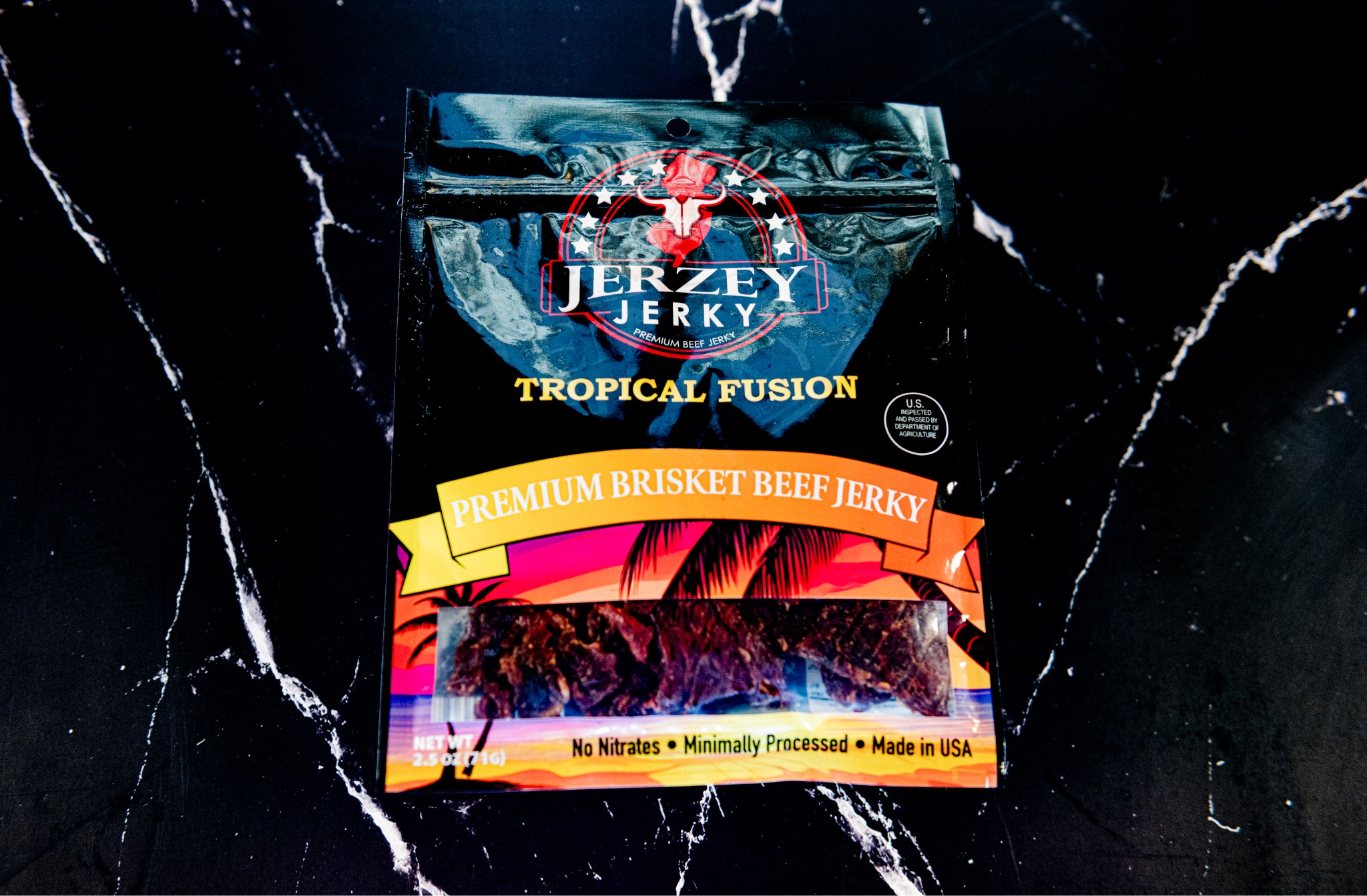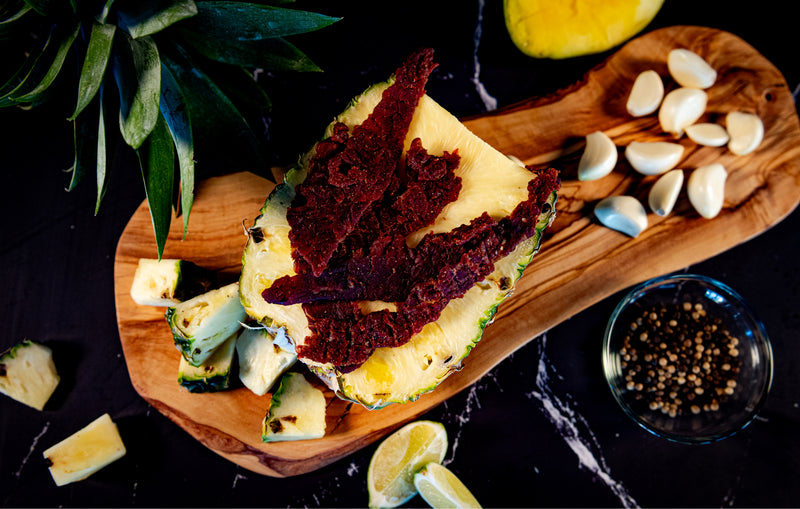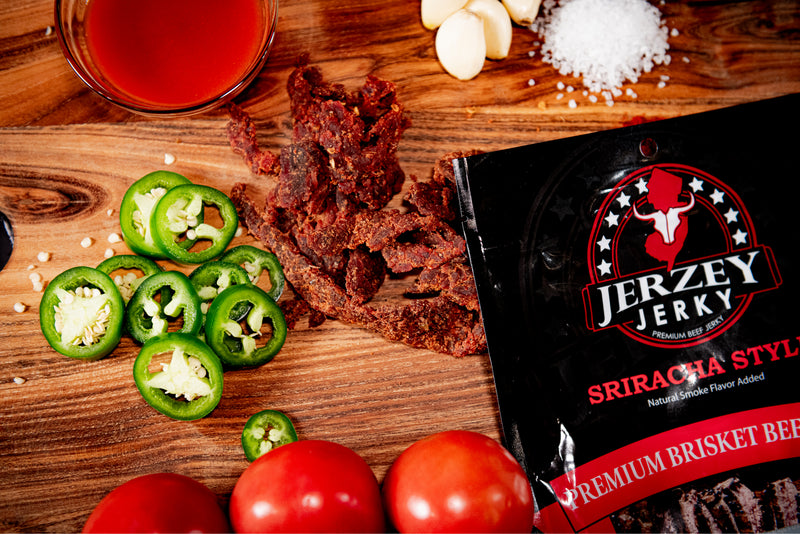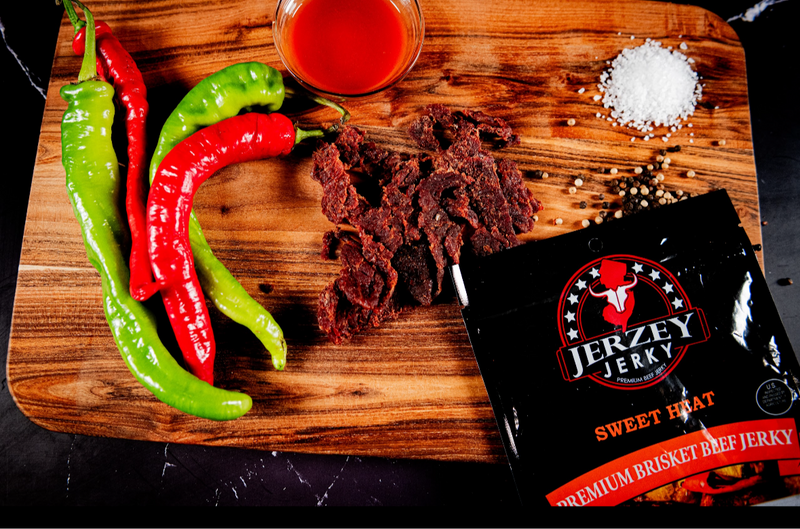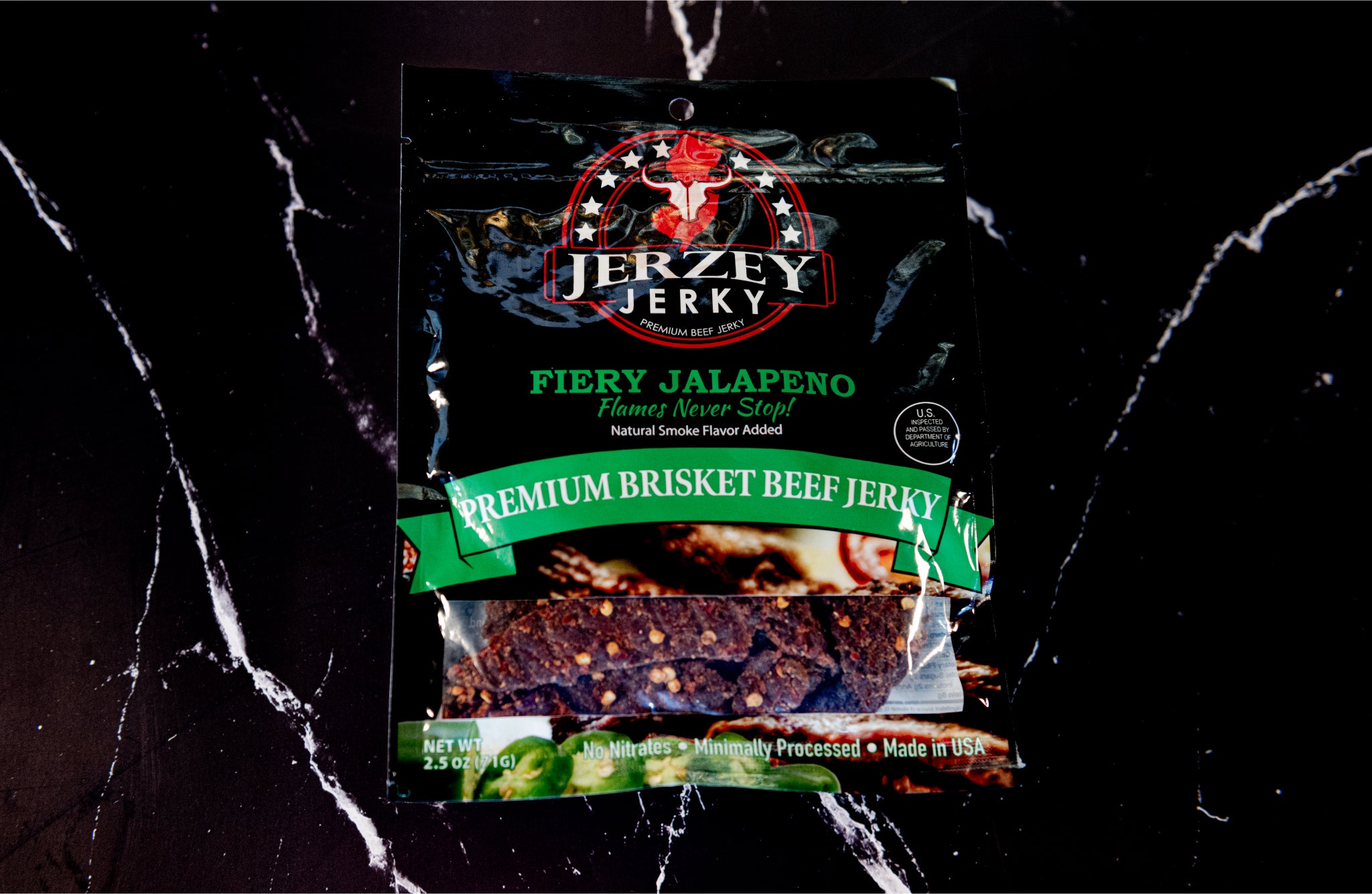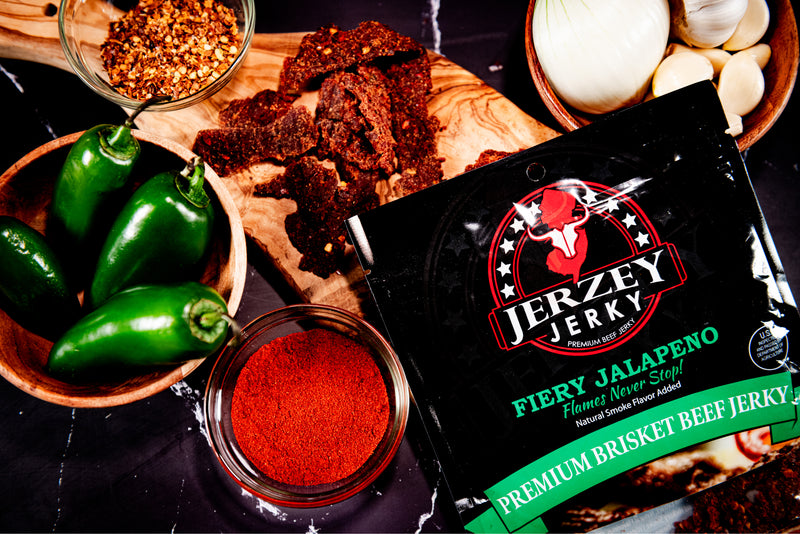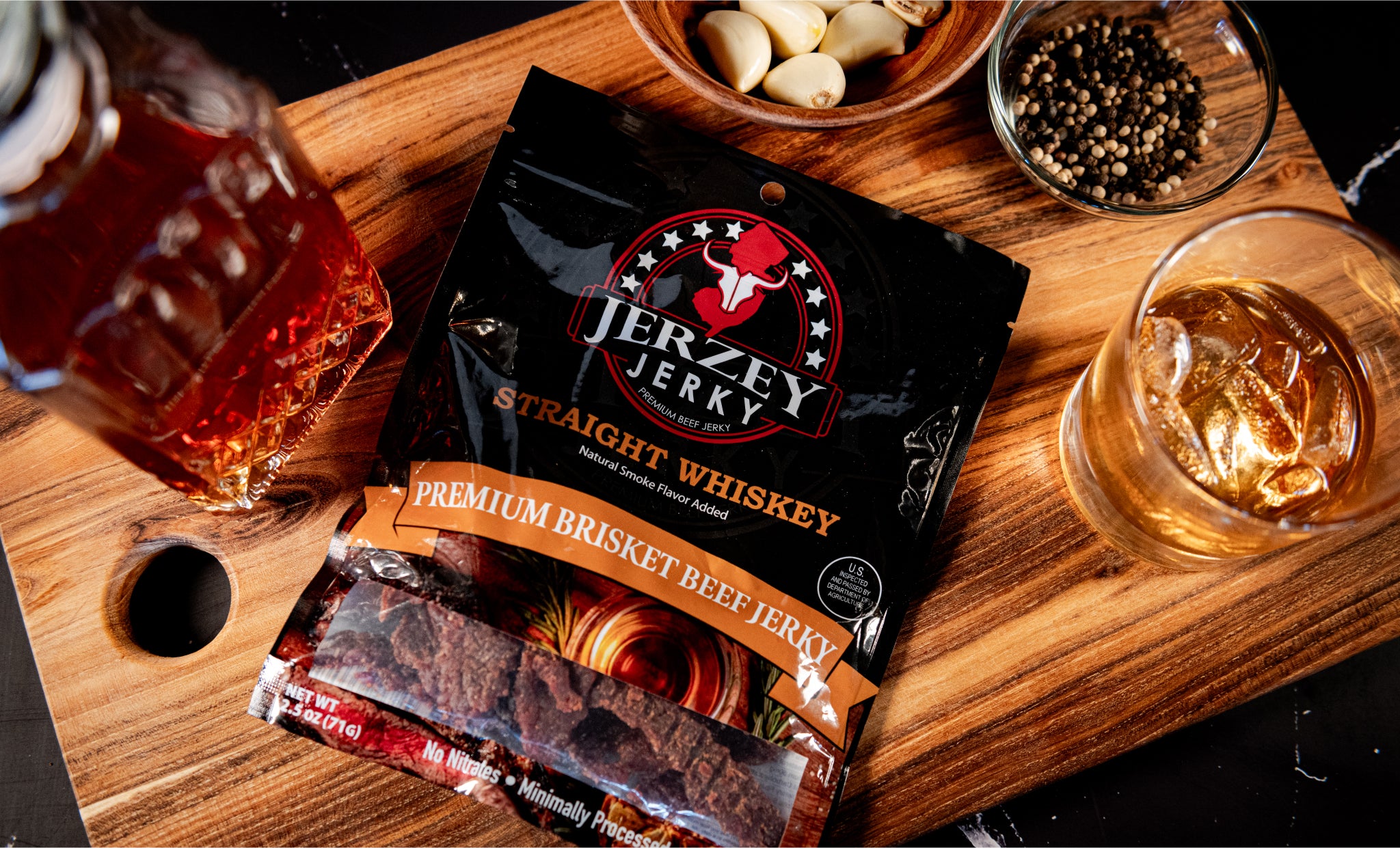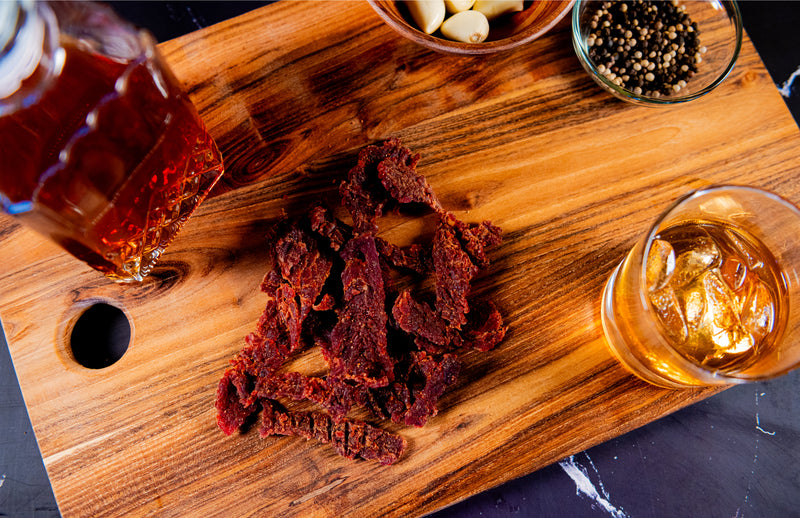
Grain-Fed Beef: Characteristics, Identification, and Nutritional Value
Grain-fed beef is produced by cattle that are fed 100% grain or corn or soy in feedlots. Research at Texas A&M and Texas Tech University (May 2012) identified that grain feeding elevates marbling and oleic acid production with the expression of SCD genes. Oleic acid increases tenderness and flavour.
Grass-fed beef has between 30 and 70 percent more monounsaturated fat than grain-fed beef. The USDA data indicates that 100g of grain-fed ground beef has 19.07g of fat, whereas grass-fed has 12.73g. Increased fat content boosts the energy content and makes the meat more tender.
Greater marbling permits balanced distribution of fat in muscle fibers. This structure enhances juiciness, bite and mouth feel. In a 2022 study published in Meat Science, it was confirmed that fat dispersion is a direct positive predictor of sensory tenderness scores in beef tested under experimental conditions.
What are the Characteristics of Grain-Fed Beef?
Here are five key characteristics that define grain-fed beef:
- Flavor Profile: Grain-fed beef is buttery and mild in taste. Greater intramuscular fat gives the meat flavor during its cooking. This fat makes the taste smooth and rich without the earthy or gamey taste of grass-fed beef.
- Texture: Beef that is grain-fed is tender. The marbled fat melts in cooking and separates the muscle fibers. This gives it a chewable texture and a superior eating experience compared to the more difficult and leaner cuts in grass-fed meat.
- Appearance: Grain-fed beef has a light-medium red color with white marbling visible. These are fat lines that run within the muscle and point to tenderness. The fatty, creamy and uniform red color makes it recognizable compared to leaner and darker grass-fed beef.
- Fat Content: Grass-fed beef has less intramuscular fat than grain-fed beef. The fat is creamy white and runs through the meat in thin lines. This fat increases the calorie content of beef and also makes it feel richer and full-bodied.
- Juiciness: When cooked, grain-fed beef is more moist. The fat burns and maintains juices within the muscle. This makes it tender and juicy in spite of the longer cooking periods as compared to the leaner beef which dries out and loses moisture easily.
Shop the best-selling Fiery Jalapeno Beef Jerky - Brisket & Straight Whiskey Beef Jerky - Brisket
What is the Nutritional Value of Grain-Fed Beef?
Here are six key nutritional elements found in grain-fed beef:
- Protein Content: Grain-fed beef is a complete protein that contains all 9 essential amino acids. One hundred-gram serving provides about 26g of protein. This helps in muscle repair, immune strength and cell growth among children and adults.
- Healthy Fats: Beef that is fed on grain has less omega-3 and more omega-6 fatty acids. A 100 g portion contains 108 mg omega-3s and 3,600 mg omega-6s on average. The disequilibrium is associated with more inflammation when taken without omega-3-enriched foods.
- Vitamins: Grain-fed beef contains B vitamins. One hundred grams of the product has 2.5 μg of B12, 7.4 mg of niacin, 0.2 mg of riboflavin, and 0.6 mg of B6. These vitamins aid in supporting nerve activity, the production of red blood cells and energy metabolism.
- Minerals: Grain-fed beef is a source of vital minerals. One hundred-gram serving provides 2.6mg iron and 4.1mg zinc, 19 of selenium and 178 of phosphorus. These minerals boost the immune system, enhance oxygenation and promote healthy bones and teeth.
- Calories: Grain-fed beef is richer in calories because of fat. One hundred-gram portion of ground grain-fed beef contains approximately 250-270 kcal of calories, as opposed to 200-220 kcal in grass-fed beef. This renders it more energy-dense per bite.
- Cholesterol: Grain-fed beef has moderate cholesterol levels. One hundred grams contains approximately 75-80 mg of cholesterol. This helps in hormone production and vitamin D synthesis but requires balance in a diet to control heart health.
How to Identify Grain-Fed Beef?
Here are three simple ways to identify grain-fed beef:
- Labeling: Look at the packaging terms such as Grain-Fed, Corn-Fed or Grain-Finished. These tags indicate that the cattle had been fed grains before slaughtering. Grain-fed claims do not normally feature on conventional supermarket beef, unlike 100% Grass-Fed.
- Visual Cues: Grain-fed beef appears light to medium red with light white fat marbling. The marbling is in the form of fine, fat lines through the muscle. The fat is creamy white and not yellow, which makes it stand out against grass-fed beef.
- Butcher or Market Knowledge: The majority of beef that is fed on grain grows in feedlots. One can verify the source with butchers in supermarkets or meat shops. Generally, when beef is not marked as grass-fed or organic, it is usually grain-fed by default commercial methods.
How to Cook Grain-Fed Beef?
Here are four key tips for cooking grain-fed beef:
- Preparation Tips: Before cooking, bring grain-fed beef to room temperature. This aids heat to penetrate uniformly and eliminates cold spots and unequal cooking. Meat cooks more evenly, enhancing texture and flavor all through the cut.
- Cooking Methods: Grain-fed beef is good to grill, pan sear, broil and roast. These techniques involve high temperatures to create a crust with fat melted inside. Such a mixture traps moisture and increases tenderness and flavor.
- Temperature: Grass-fed beef does not stand the heat of grain-fed beef. It does not dry out in cooking because of its fat content. This enables the chefs to apply direct heat without losing the juiciness or making the meat tough.
- Resting: Resting grain-fed beef takes 5-10 minutes to cook and then it is cut. Resting allows juices to flow back into the meat fibers, and this keeps the meat hydrated. This process enhances the tenderness and taste and makes the beef more pleasant.
What are Common Mistakes to Avoid with Grain-Fed Beef?
Here are three common mistakes to avoid with grain-fed beef:
- Overcooking: Excessive cooking of grain-fed beef results in drying leaner beef even with a greater amount of fat. Too much heat destroys proteins excessively, making them tough and dry. Check the temperature often to ensure that the meat is tender and juicy.
- Ignoring Marbling: Ignoring marbling means poor trimming. Extraction of excess fat loses flavor and moisture. A small amount of fat is left in to keep the beef juicy in the cooking process and enhance the taste. Trimming of fat and lean meat.
- Skipping Resting: The immediate post-cooking cutting of grain-fed beef wastes juices. A 5 to 10-minute rest allows juices to settle within the meat. Missing this step results in dry, less-tasting slices and tenderness. Always give sufficient rest.
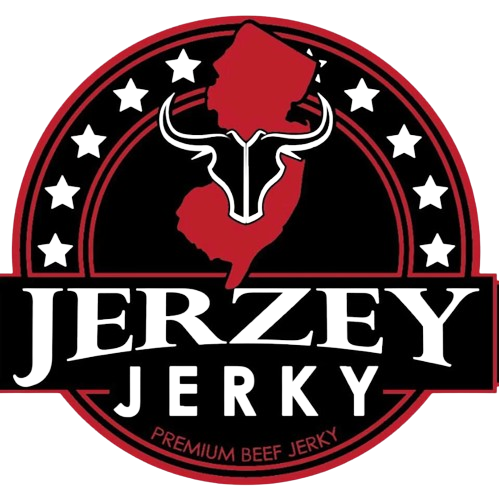
 2025-09-11
2025-09-11
 Wayne Holland
Wayne Holland

